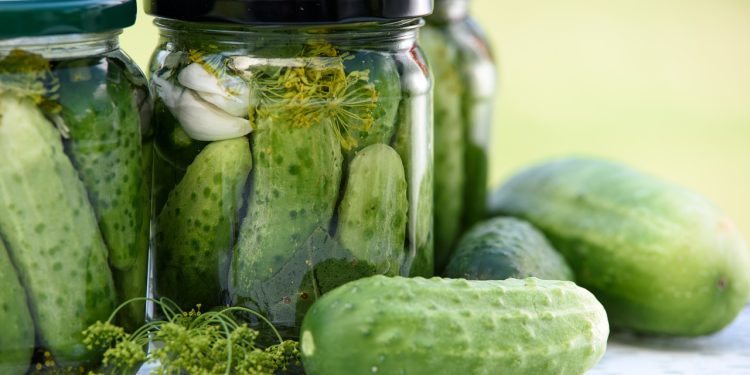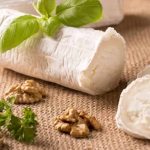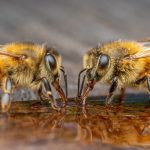
National Pickle Day
National Pickle Day is an unofficial holiday celebrated every year on November 14th. The purpose of this holiday is to give the pickle a little bit of love. After all, it’s a food that people generally don’t think about, but is probably being served right this moment at a restaurant near you.
So if you’re a fan of pickles and want to honor the contributions they have made to the modern diet, then today is a great day to do it. All you need to do is grab your favorite jar of pickles and dig in.
The History of Pickles
The history of pickles goes back thousands of years, all the way to about 2030 B.C. when cucumbers began to be pickled in India. However, while the pickle may have gotten its start in India, its name goes back to the Dutch who named it “pekel,” a word that means “brine.”
This is an apt name because, to pickle cucumbers, you need two ingredients (aside from the cucumbers and water): you need salt and you need vinegar. Both of these things prevent bacteria from growing and spoiling the pickles.
And it’s this property of pickles that probably contributed to their popularity. Many groups of people could benefit from having food that could hold up in storage for long periods. This was especially true for sailors who needed to take food with them on long ocean voyages.
It was probably sailors who brought the humble pickle out of India and spread it throughout Europe. For Jews living in Eastern Europe, pickles became an especially important addition to their diet. Its sharp, acidic flavor helped to spice up the bland bread and potato diets that were common in countries with long winters.
However, Kosher dills weren’t the only food pickled in Poland, Ukraine, and Russia. It was also common to pickle beets and shredded cabbage. These pickled vegetables were allowed to ferment for about a month and then they were sealed in barrels and moved to dark cellars.
Pickling them in this manner allowed the pickled vegetables to last throughout the entire winter. During the 17th and 18th centuries in the United States, many farmers would pickle their vegetables for winter storage. They would put up cabbage, cucumbers, and other vegetables and ferment them to last all season.
The pickling process they used at the time was not only time-consuming but also labor-intensive. That would eventually change thanks to a couple of mid-18th-century inventions. The first invention was paraffin wax, which was created by James Young.
This wax helped to create a seal for food preserved in glass jars. The second invention was the mason jar, invented by John Mason. The mason jar was important because its heavy glass could tolerate the temperatures needed to jar pickles.
It was Eastern European Jews who immigrated to New York during the 19th and early 20th centuries that introduced kosher dill pickles to the United States. Cucumbers were picked, washed, and then placed in huge wooden barrels. The barrels were then filled with garlic, spices, dill, kosher salt, and fresh water. The entire mixture was then allowed to ferment anywhere from several weeks to several months.
A short fermentation time would produce less sour pickles, while a longer fermentation time would produce a more sour pickle. These pickles were then sold by pushcarts and eventually sold straight out of the barrel in Jewish delis. Today, a variety of different pickles can be found in supermarkets.
The History of National Pickle Day
National Pickle Day can be traced back to the Pickle Packers Association in 1949 as a part of National Pickle Week. However, this original holiday didn’t always fall on November 14th. Throughout history, it has been celebrated on different days.
Fun Pickle Facts
- North Americans prefer pickles with warts.
- Europeans prefer wart-less pickles.
- Approximately 20% of pickles are sold refrigerated.
- Pickles are technically fruits.
- The theme song of Pickle Packers International is “Pickle Polka.”
- Americans eat 20 billion pickles a year.
- The noise that’s made when a pickle is bitten into is called the “snap.”
- A good snap can be heard from 25 feet away.
- Snap-less soft pickles are often called denture dills.
- Almost 70% of all households eat pickles.
- Dill pickles are the most popular type of pickle.
Celebrating National Pickle Day
The only thing you need to do to celebrate National Pickle Day is choose your favorite type of pickle and enjoy it. There are several different pickle varieties available, including kosher, German, Polish, bread & butter, no-salt pickles, sweet pickles, hot pickles, and sweet & sour, that come in a variety of different shapes.
But you don’t have to feel confined to just eating pickled cucumbers on this day. You can also enjoy pickled cherry peppers, jalapeños, pepperoncini, and banana peppers.
However, if merely eating a pickle isn’t a good enough way for you to celebrate this holiday, you might want to try hosting a pickle-themed party or post pictures of your favorite pickles on social media using the hashtag #NationalPickleDay. There are about a million ways to celebrate this holiday, so decide how you want to honor the humble pickle and do it.








